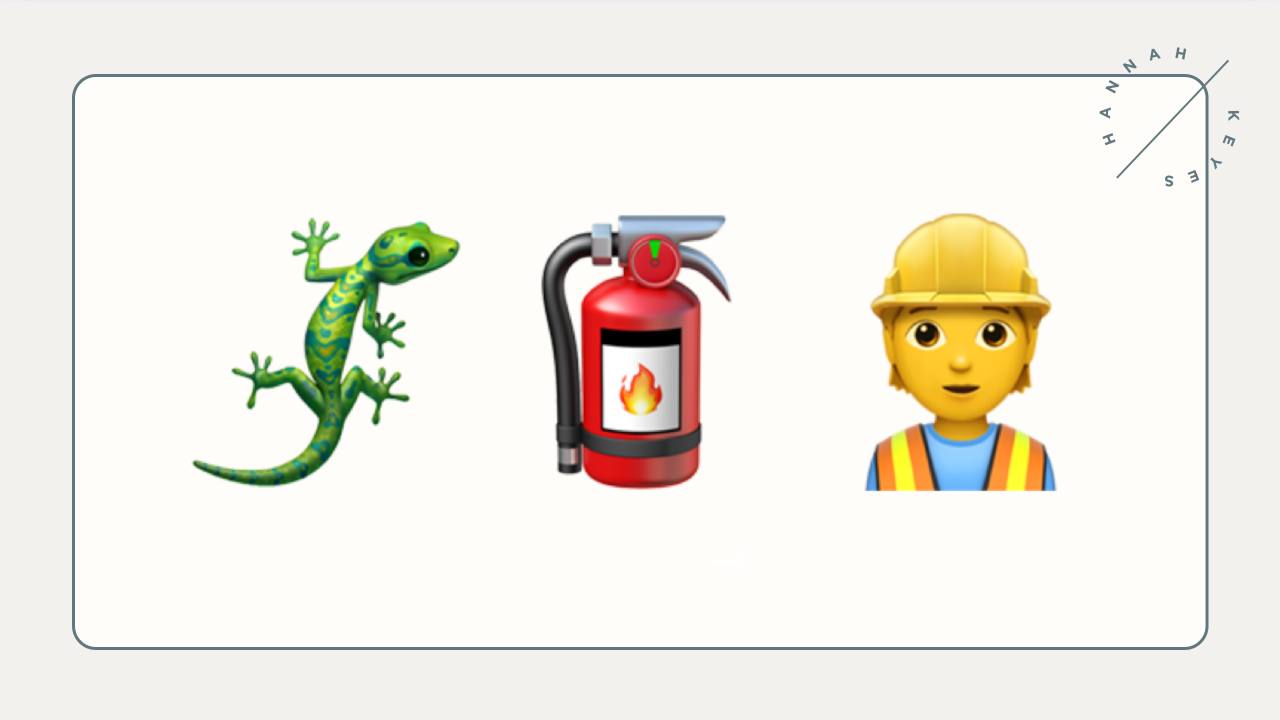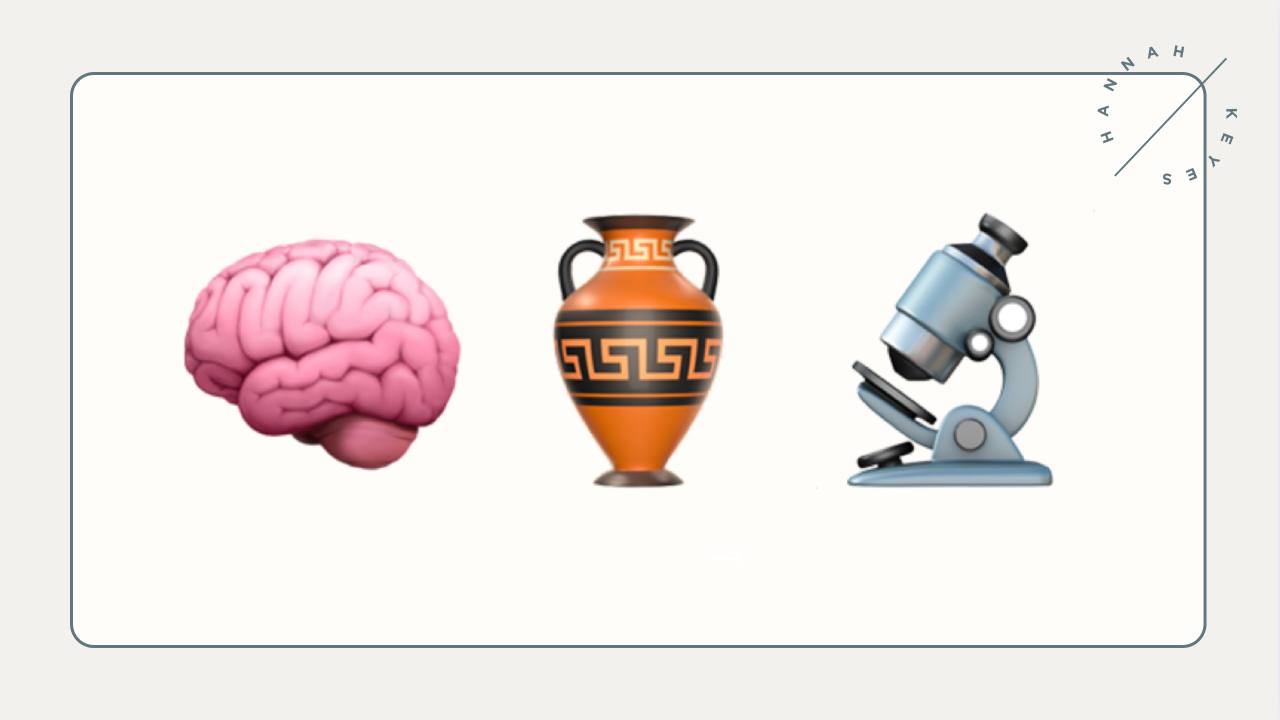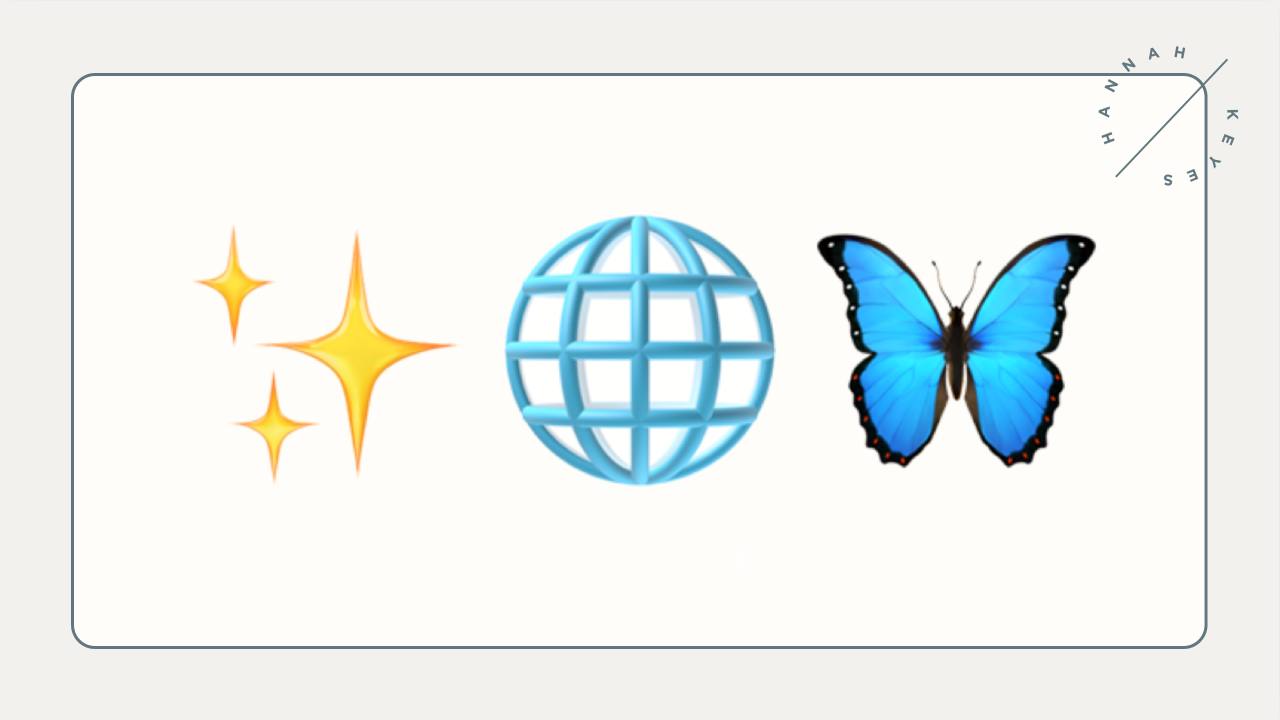s'more safety, caramel candor, and the recipe for workplace vulnerability
Originally published September 15, 2024
His palms are sweaty, knees weak, arms are heavy...
There's vomit on his sweater already, mom's spaghetti...
Wait, that's Eminem.
But it's probably a relatable feeling...
(okay, maybe minus the actual vomit or spaghetti)
...if you've ever been anxious about sharing an idea or a mistake at work.
Whether teammate or leader, we each have a different relationship with vulnerability, but there is one key difference between a toxic culture and a healthy workplace:
Team Psychological Safety
Today we'll be digging into this as our first topic on Team Collaboration and Communication.
Whether you are a team of one, leading a team of 30, or a member of any size team, today's topic is for you.
Collaborative Confidence
So what does it mean to have psychological safety at work?
Team Psychological Safety is when team members feel safe to take risks, share ideas, and express concerns without fear of negative consequences.
While not the only thing that leads to burnout at work, it can be a major indicator.
Burnout prevention has to be approached from both by us as individuals AND by systems, workplaces, and culture in order to make real, lasting change.
It's why I'm so passionate about individual well-being and consulting with businesses in their operations and systems.
Let's dig into the what, why, and how of it all!
Psychological safety is a huge way that workplaces can work to center not only team well-being but burnout prevention in the everyday.
This concept isn't brand new.
Amy Edmondson, the Harvard Business School professor and author of The Fearless Organization, coined the phrase “team psychological safety" in 1999.
Meaning it is old enough to buy alcohol 😅
"It's felt permission for candor.", as Edmondson puts it.
I vividly remember points in my corporate career where I was hesitant to speak up because it didn't feel safe to be vulnerable - there wasn't psychological safety.
And many others share the same or similar experiences.
Toxic work culture was the highest driver behind the Great Resignation in 2022 [1] and in 2023 people who reported working in a toxic work place were three times more likely to have said they experienced harm to their mental health. [2]
As a workforce, we value mental health and well-being far more than ever before and are willing to leave jobs easier and faster than previous generations because of it.
No matter how you slice it...
The benefits of psychological safety far outweigh the effort to implement. The following is an excerpt from Amy Gallo's article What is Psychological Safety? [3]:
All of these benefits — the impact on a team’s performance, innovation, creativity, resilience, and learning — have been proven in research over the years, most notably in Edmondson’s original research and in a study done at Google. That research, known as Project Aristotle, aimed to understand the factors that impacted team effectiveness across Google. Using over 30 statistical models and hundreds of variables, that project concluded that who was on a team mattered less than how the team worked together. And the most important factor was psychological safety.
Now that we know the what and the why, let's dig into how psychological safety enhances team dynamics:




